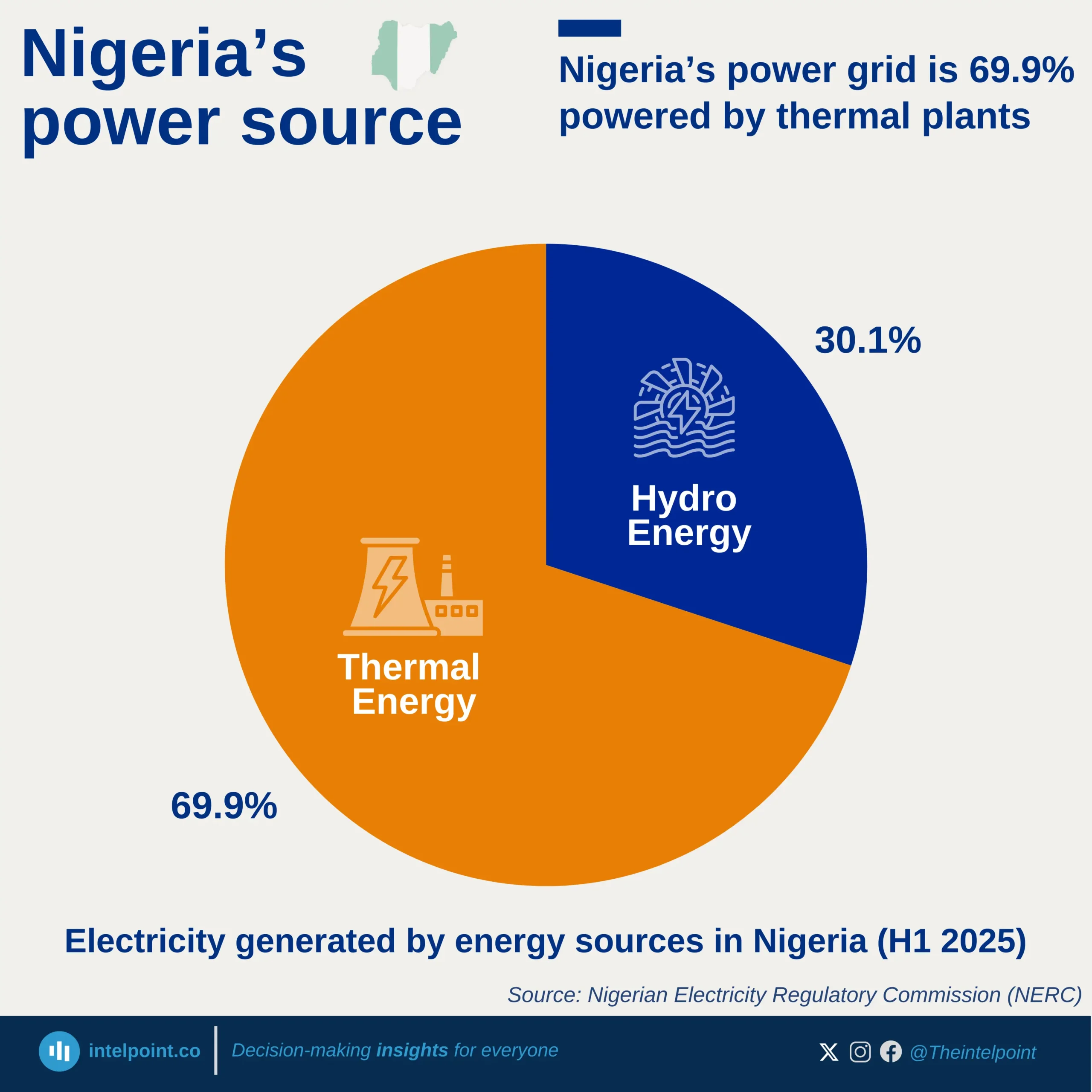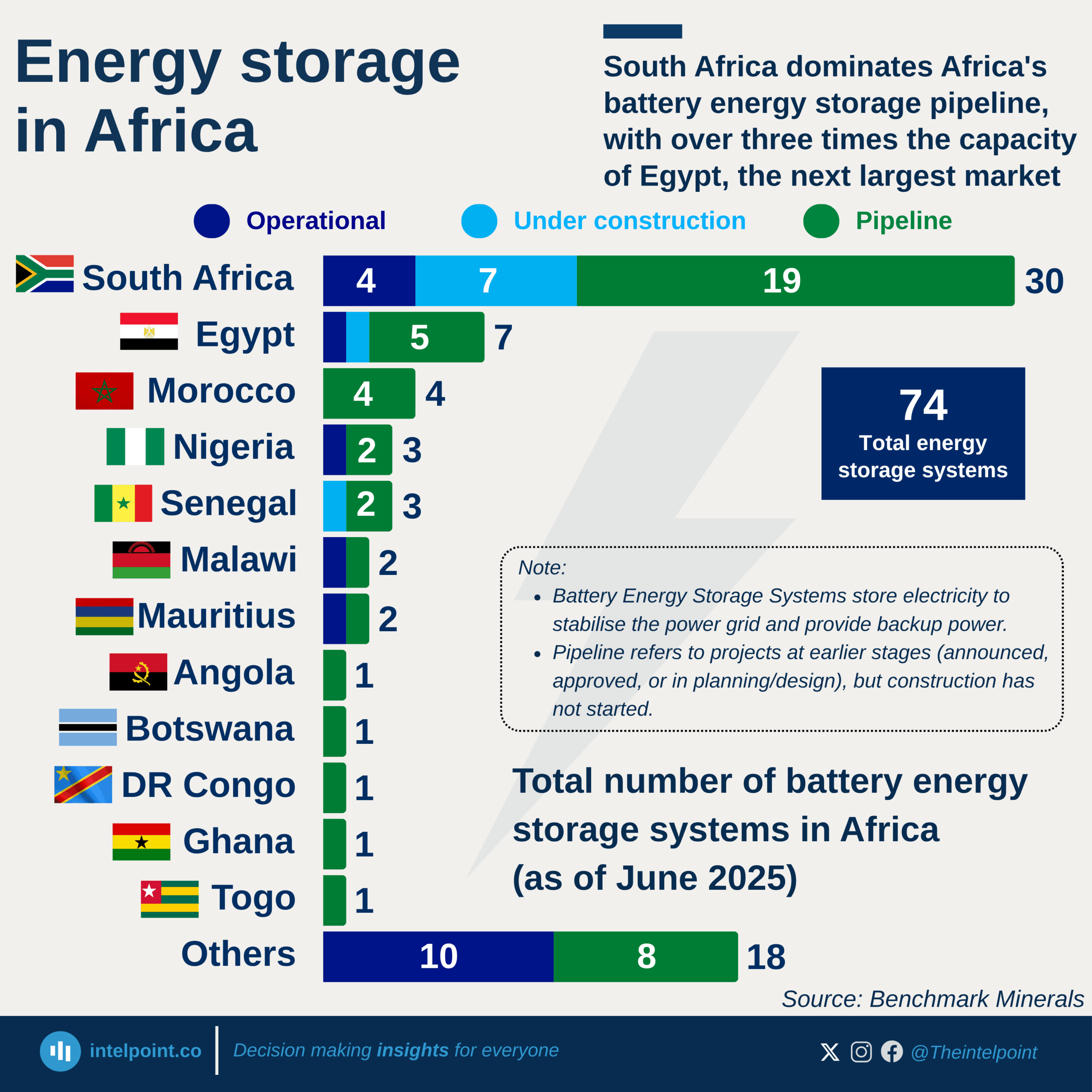Coal, once the backbone of industrial energy, has seen its global demand slide into a prolonged decline. After reaching a historic high of 1,705.1 Mtce in 2007, usage has plummeted by more than 870 Mtce in less than two decades, a drop that mirrors rising environmental policies, technological shifts, and a pivot to cleaner alternatives.
By 2024, global demand for coal sits at just 832.7 Mtce, falling below even its 1974 level. This reversal represents not just a market contraction, but a structural change in the world’s energy priorities. The coal era is not just fading; it is being systematically replaced.





